Does an Australian employer want to sponsor you?
You may be eligible for the Employer Nomination Scheme 186 Visa!
Are you dreaming of making Australia your permanent home?
he Employer Nomination Scheme (ENS) Subclass 186 visa could be your ticket to turning that dream into reality!
What is the ENS 186 Visa?
The ENS 186 visa is a employer sponsored pathway for skilled workers to secure permanent residency in Australia. It is designed for those who have been nominated by an Australian employer and have the necessary skills, English and experience.
Key Features:
Employer Nomination: Your Australian employer must nominate you for the ENS 186 visa. This reflects their commitment to keeping you on as a valuable, long-term employee.
Three Streams:
- Direct Entry Stream: For applicants who have never, or only briefly, worked in Australia. (n.b approved skills assessments are required for this pathway)
- Temporary Residence Transition Stream: For those who have worked for their employer on a Temporary Skill Shortage 482 (TSS) visa for at least two years.
- Agreement Stream: For individuals sponsored through a Labor Agreement.
Benefits of the ENS 186 Visa:
- Permanent Residency: Enjoy the rights and benefits of being a permanent resident in Australia.
- Travel Freedom: Travel in and out of Australia without restrictions.
- Access to Healthcare and Education: Australia’s world-class healthcare and education systems is open to you.
- Pathway to Citizenship: You may be eligible to apply for Australian citizenship after meeting the requirements.
We can prepare and manage a ENS 186 application for you and your nominating employer.
For more information on the ENS 186 visa please email
Andrew McAuley (MARN: 1278335) (andrew@visamakers.com.au) or call 0416 468 333.

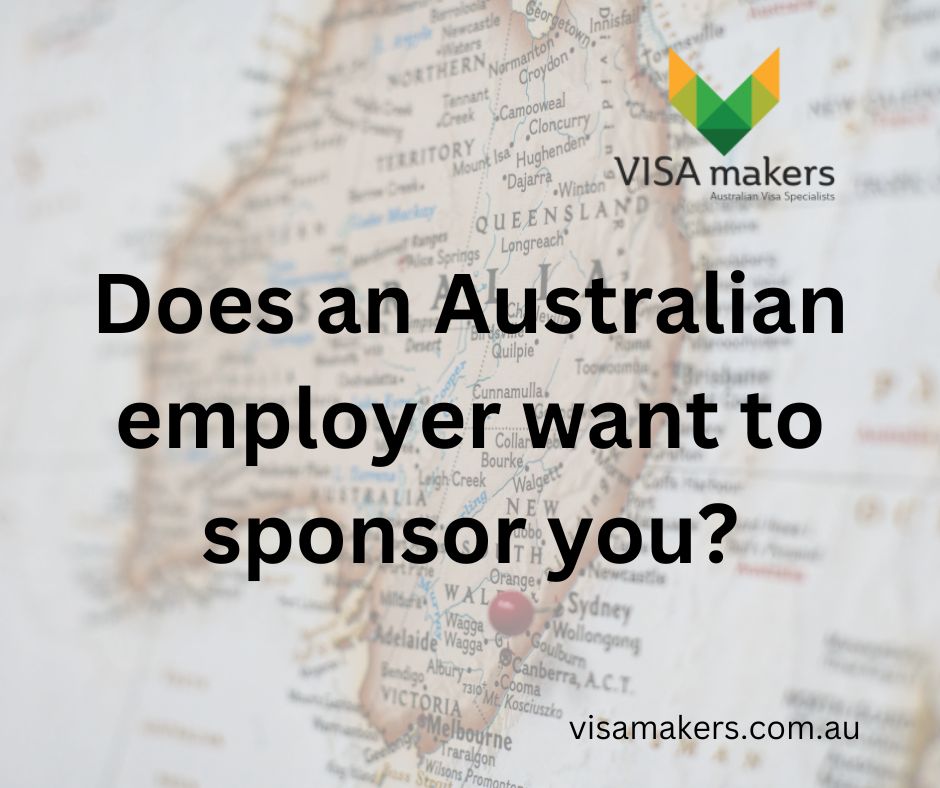

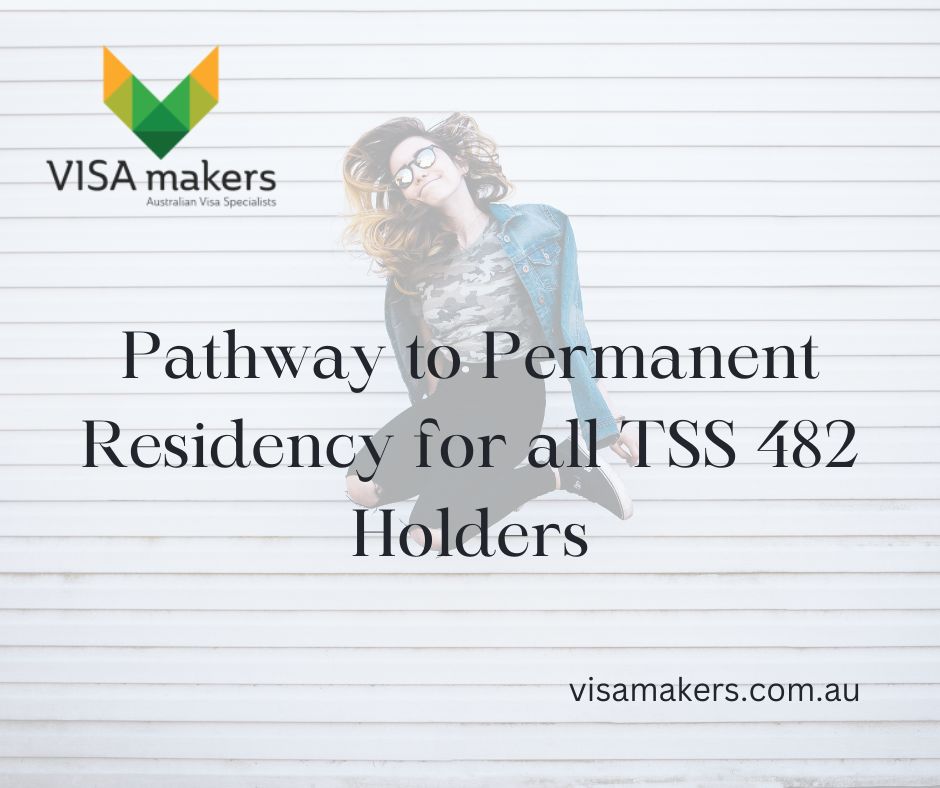
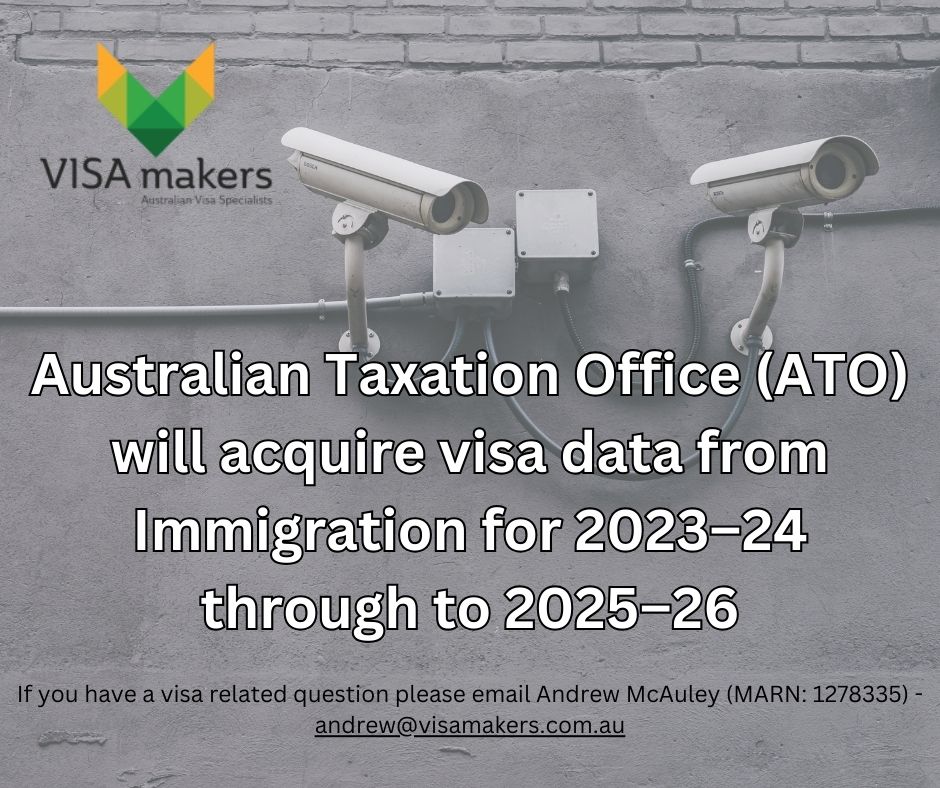
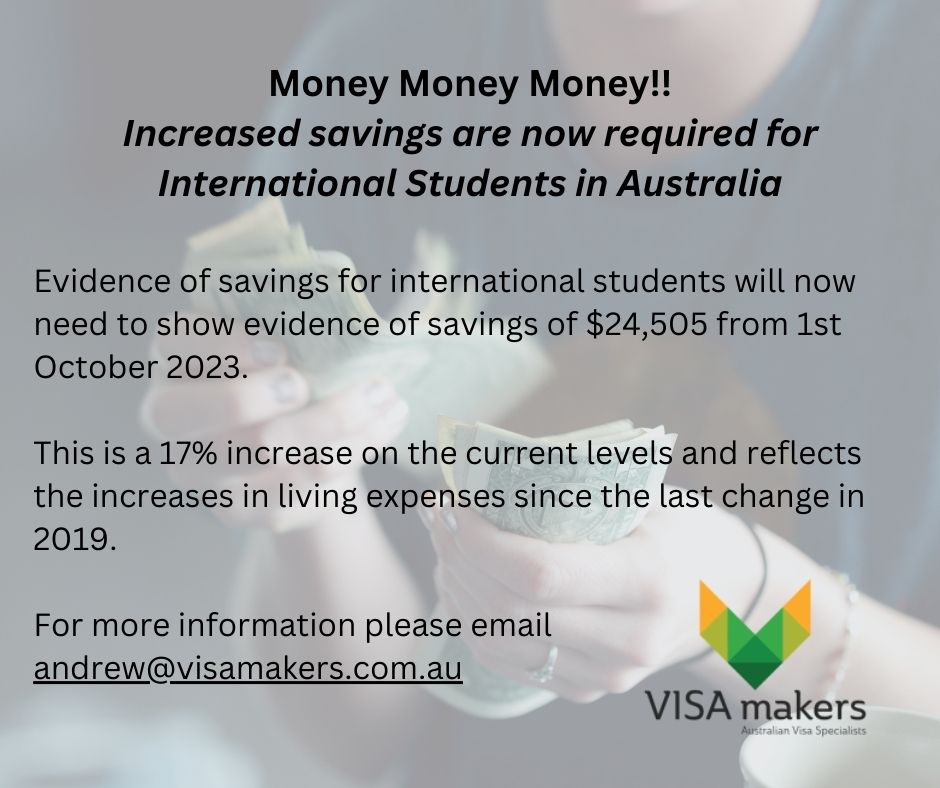
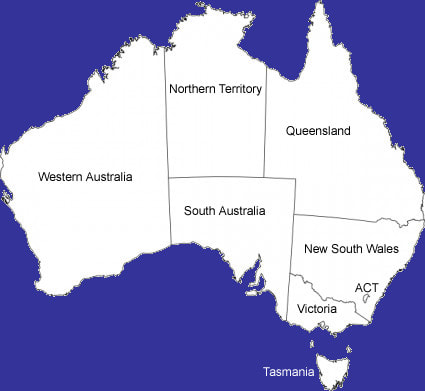

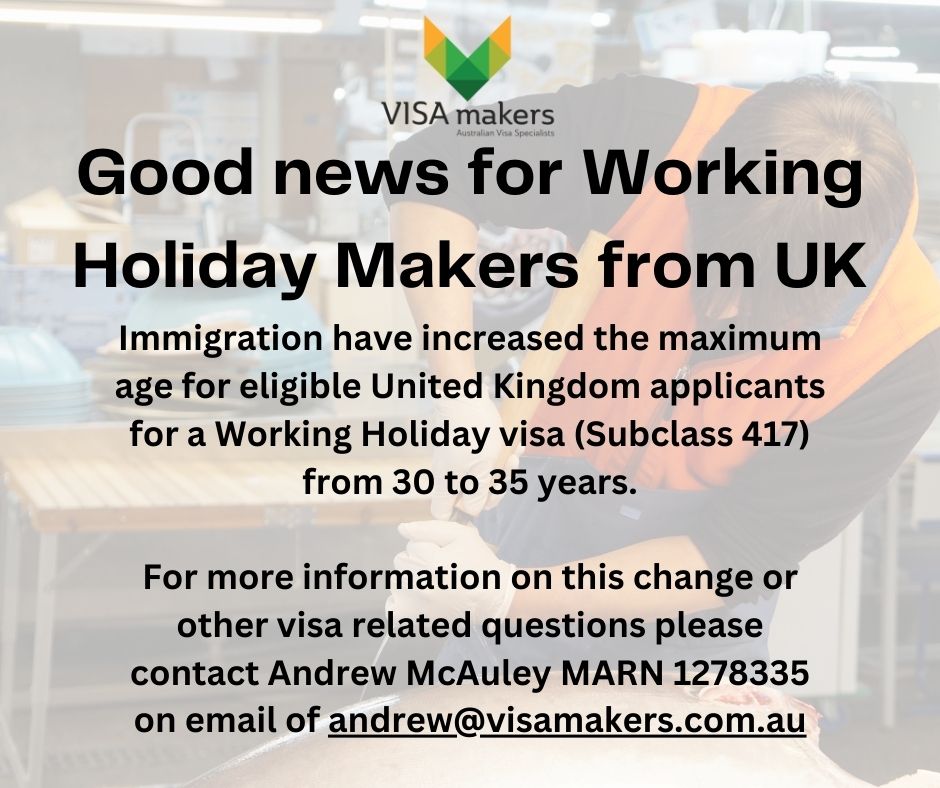
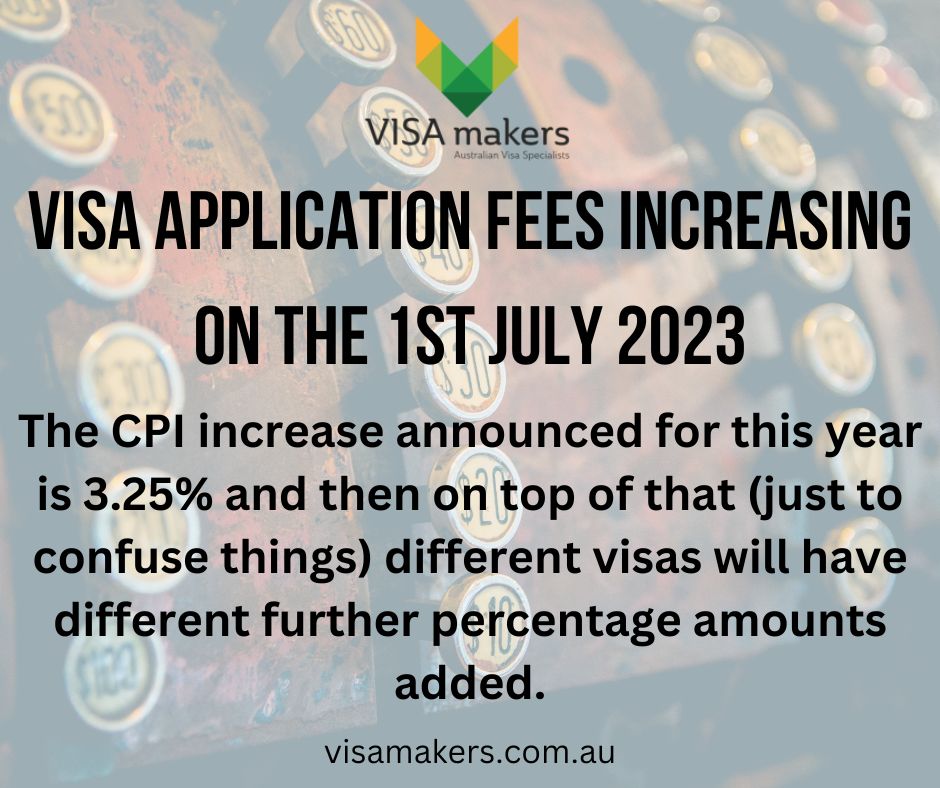
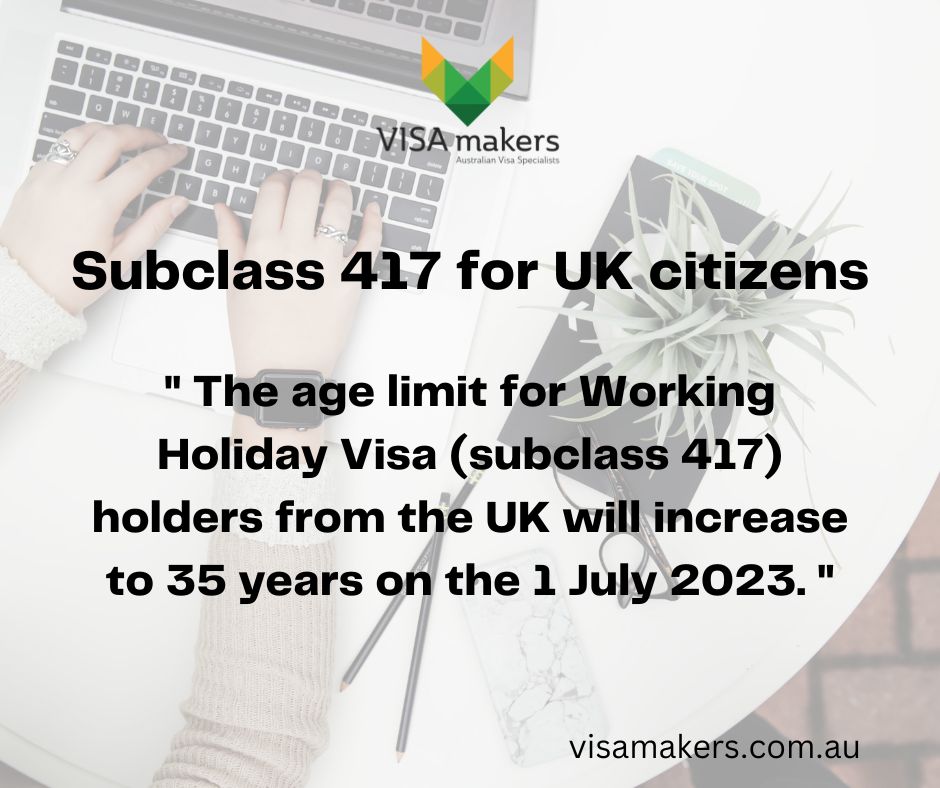
 RSS Feed
RSS Feed
